5 Unexpected and Perfect Study Spaces for Kids
Last updated on June 16th, 2025
One of the best ways to help your child perform well in school and develop good study habits is by designating a specific area for homework. Some kids study better with music playing, while others prefer complete quiet. Though children learn in many different ways, there is a common need for a dedicated study space with an age-appropriate desk, adequate lighting, bookcases or shelving, plugs for electronics, appropriate supplies, and a comfortable chair. This doesn’t mean you need a lot of space, but it does require a little creativity to make the ideal study spaces for kids.
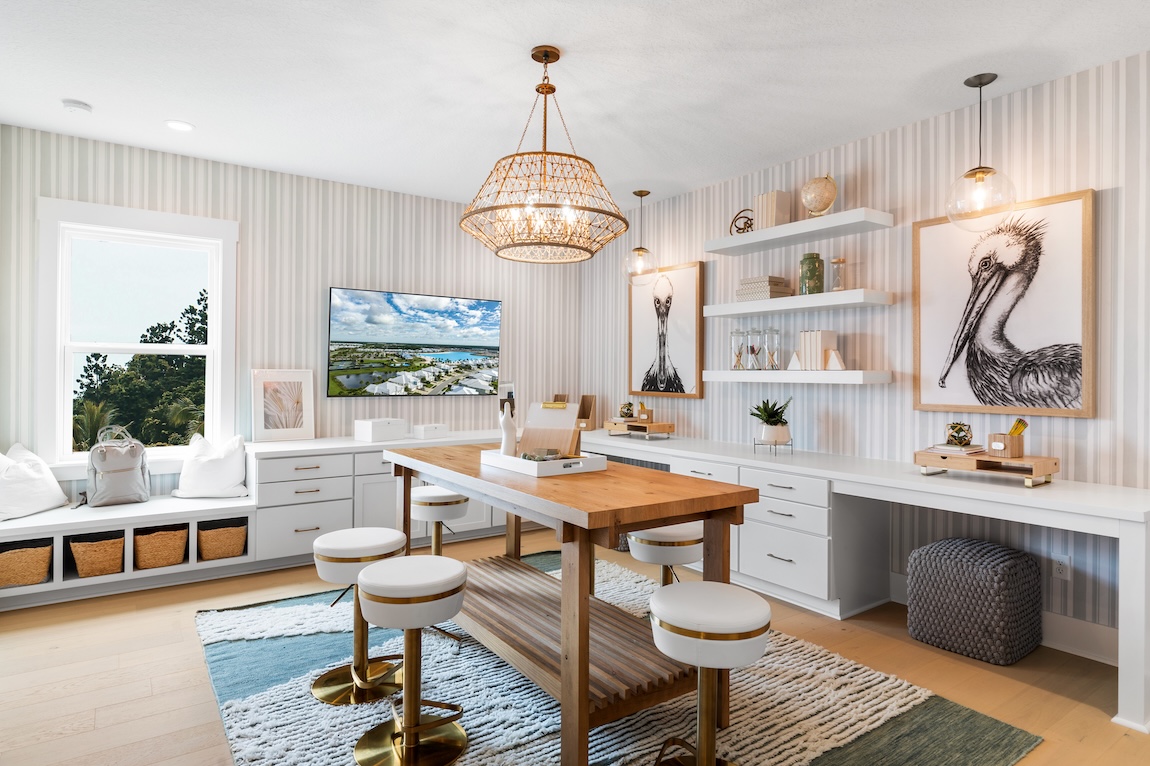
Kitchen Nook
After-school home life often revolves around the kitchen, making it difficult for kids to ignore the potentially distracting center island, bar, or breakfast table, and focus on homework. Try turning a nearby nook, corner, or alcove into a workstation by adding a computer desk and shelving. Another idea is to remove a bottom cabinet and build a drop-down counter with shelves overhead to keep essentials handy and organized.
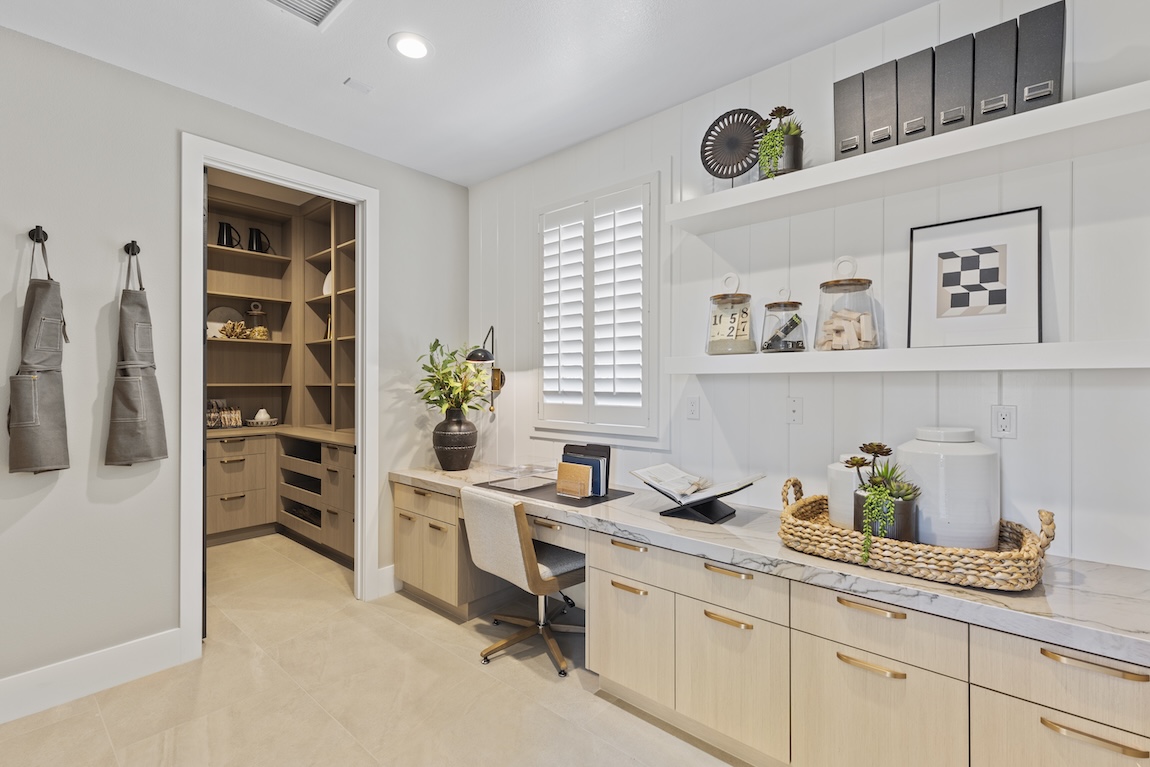
Hallway or Open Landing
For a smart use of limited space, consider creating a study area in an empty hallway or open landing. A long, narrow countertop, supported by stylish filing cabinets, works well in a hallway, whereas a space-saving desk may better suit a landing. Attractive bins or cabinetry help to keep things organized and within reach while still promoting a modern home look.
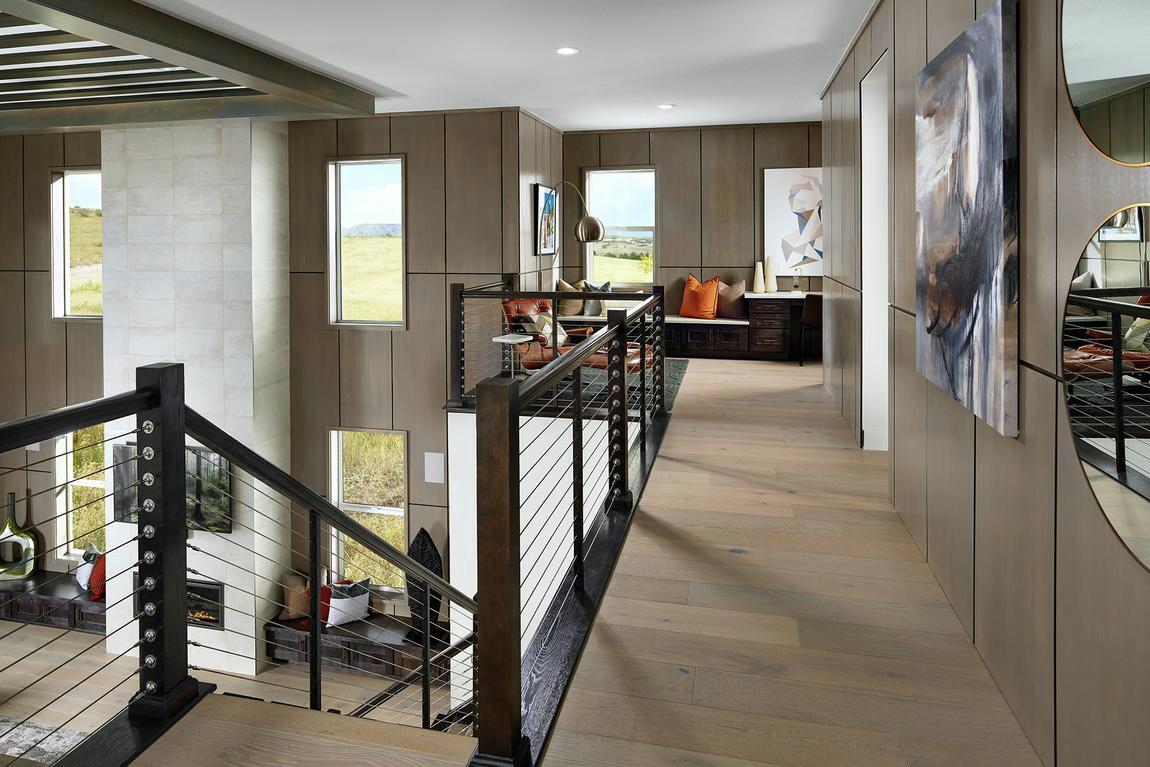
Closet
One of the most creative places for a homework area is a closet. Its inset structure makes it a great place to personalize with a fun paint color or patterned wallpaper. If you decide to keep the doors on, you could install painted peg boards or corkboards on the insides to hang or post items, bringing a fashionable flair to this study room. Fill the closet space with open shelving, a desk, and a comfortable chair, and make sure the area is well-lit by adding an overhead light or table lamp.
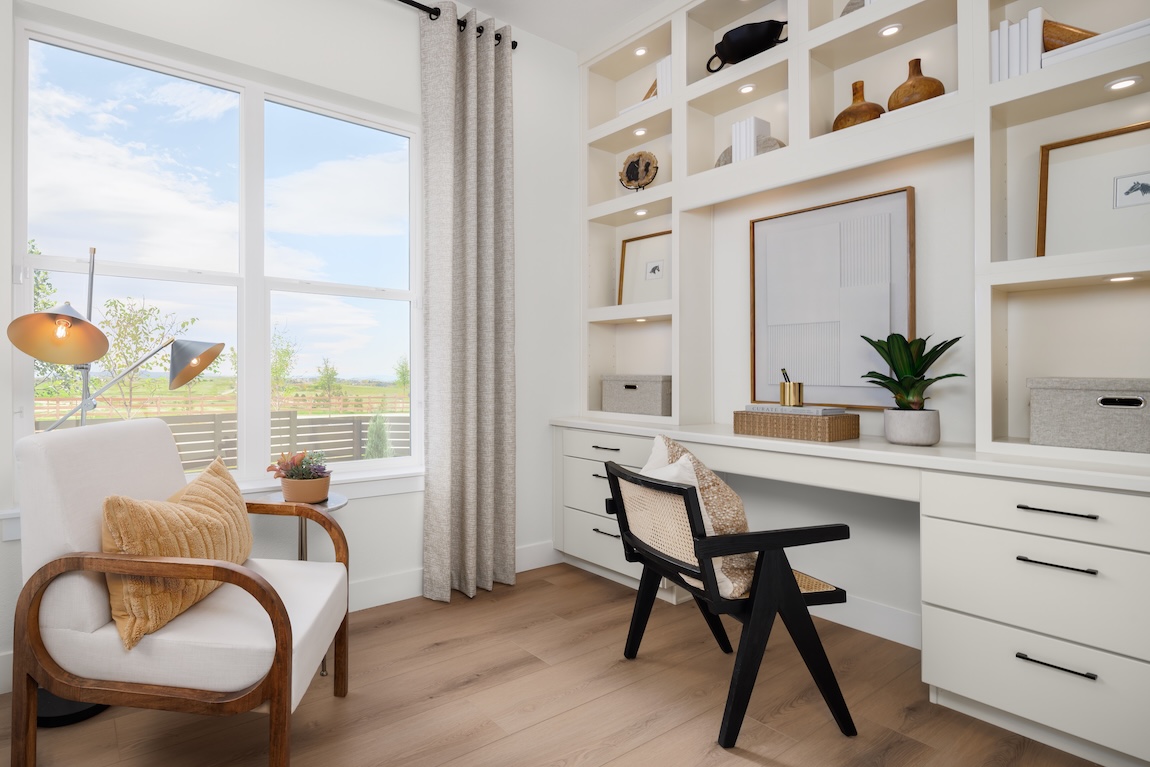
Open Staircase
If you have a staircase that is open underneath, you have the makings of a perfect workstation. Although it may take a little ingenuity, you’ll find this area to be a clever, functional place for your child to study.
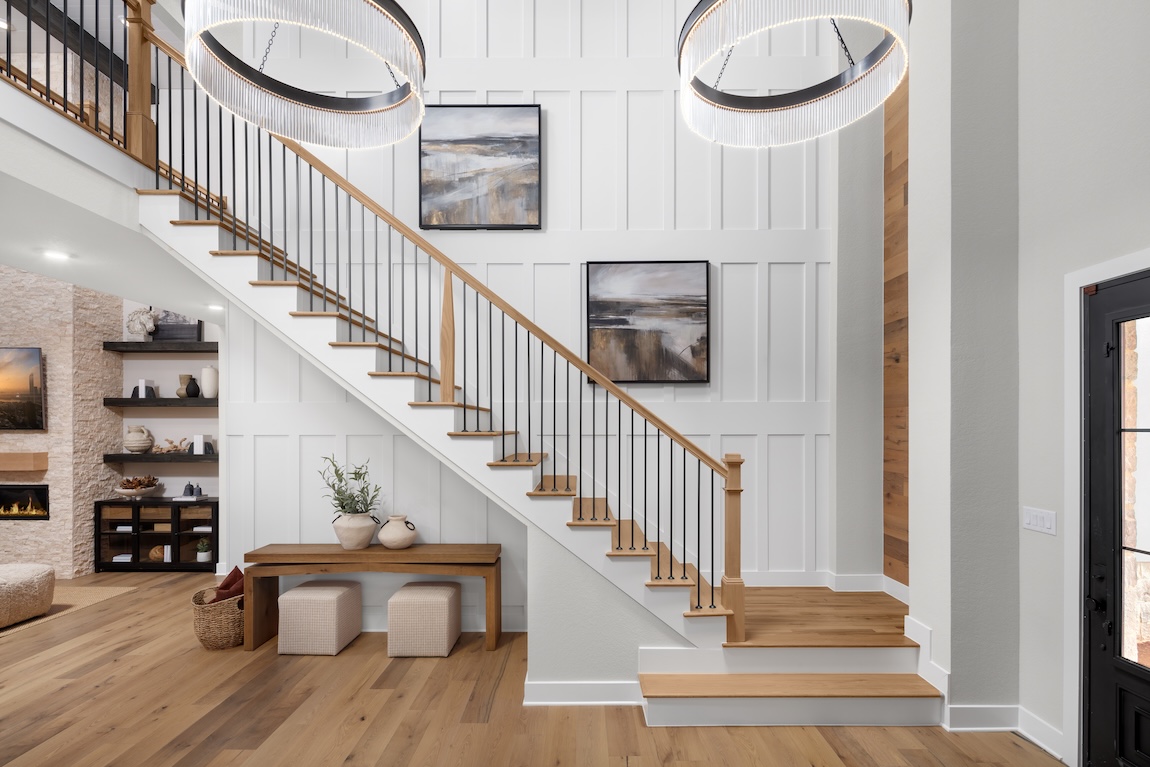
Spare Room
A loft, an extra guest room, or even a rarely used dining room can make a spacious, trendy, and kid-friendly study area. You can section off individualized workstations along a wall or have your kids study around a large desk with separate cabinets underneath for storage. Either way, you should have plenty of room left over for a library, reading nook, craft/hobby station, piano, or even musical instruments.
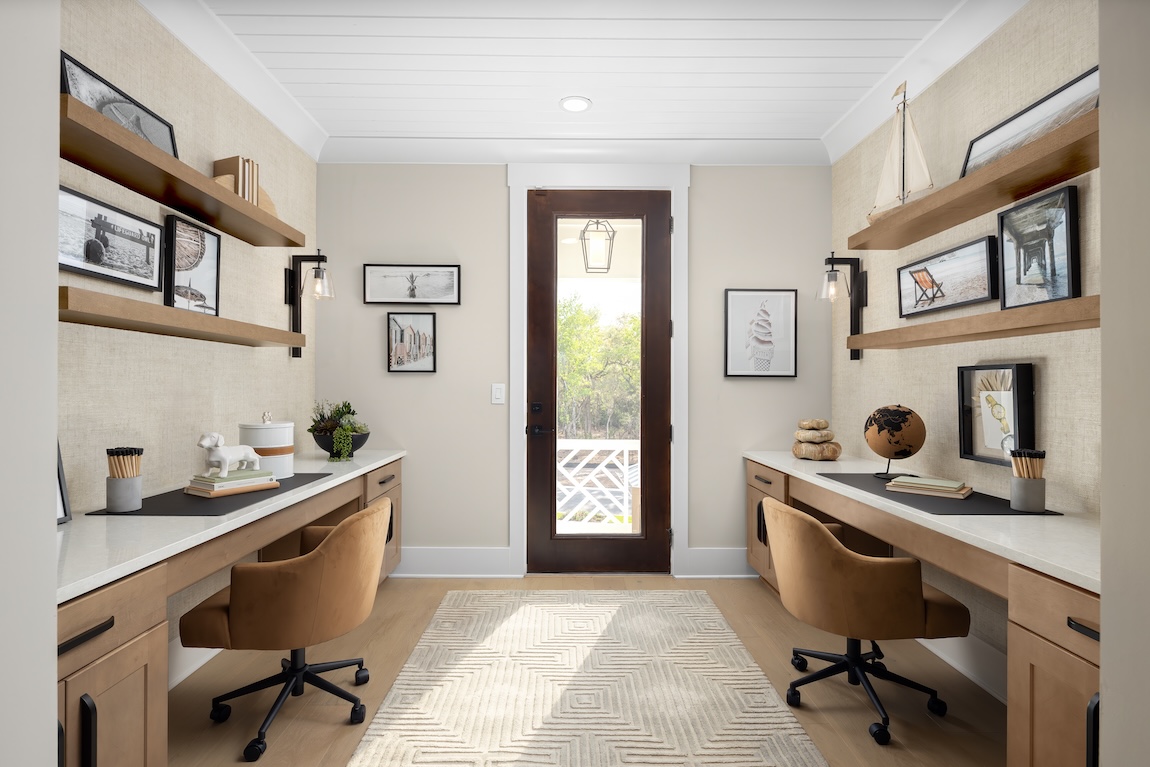
Once you determine the location of your child’s study space, get their input when it comes to decorating. By creating an area that feels personal and comfortable, they will be more likely to enjoy spending time there. If you have a teen, they can use an interactive tool like Design Your Own Study Space from PBteen that helps them envision their space with different furniture, lighting, and accessories.
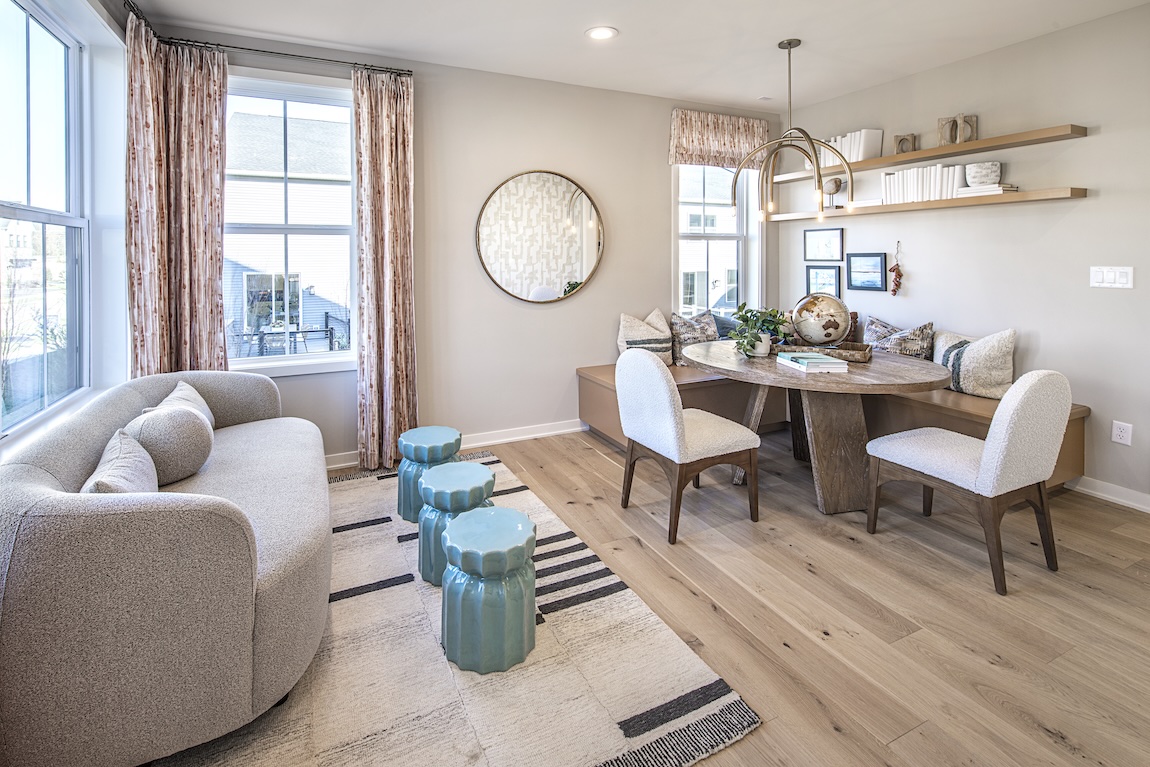
For more design inspiration and study spaces for kids, visit our Toll Brothers Pinterest page.

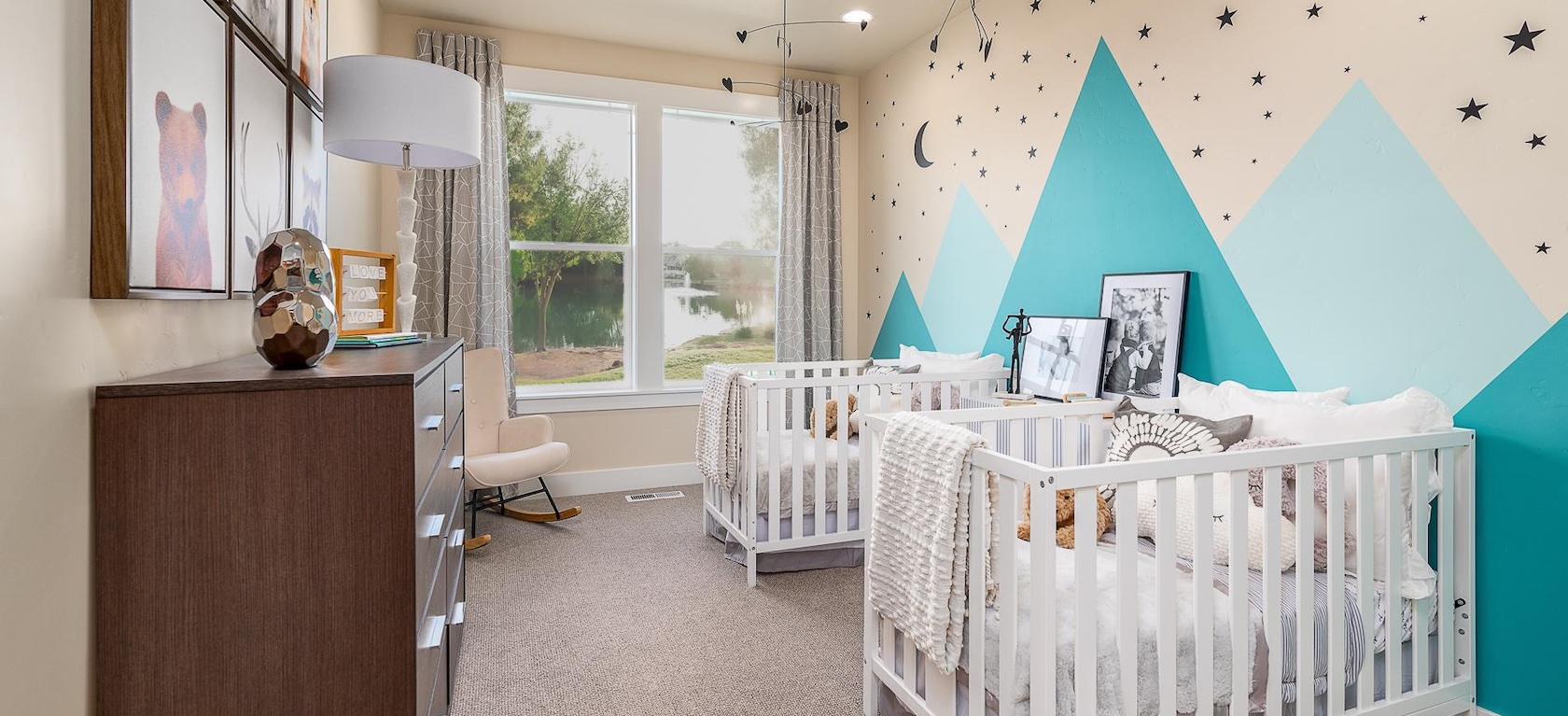
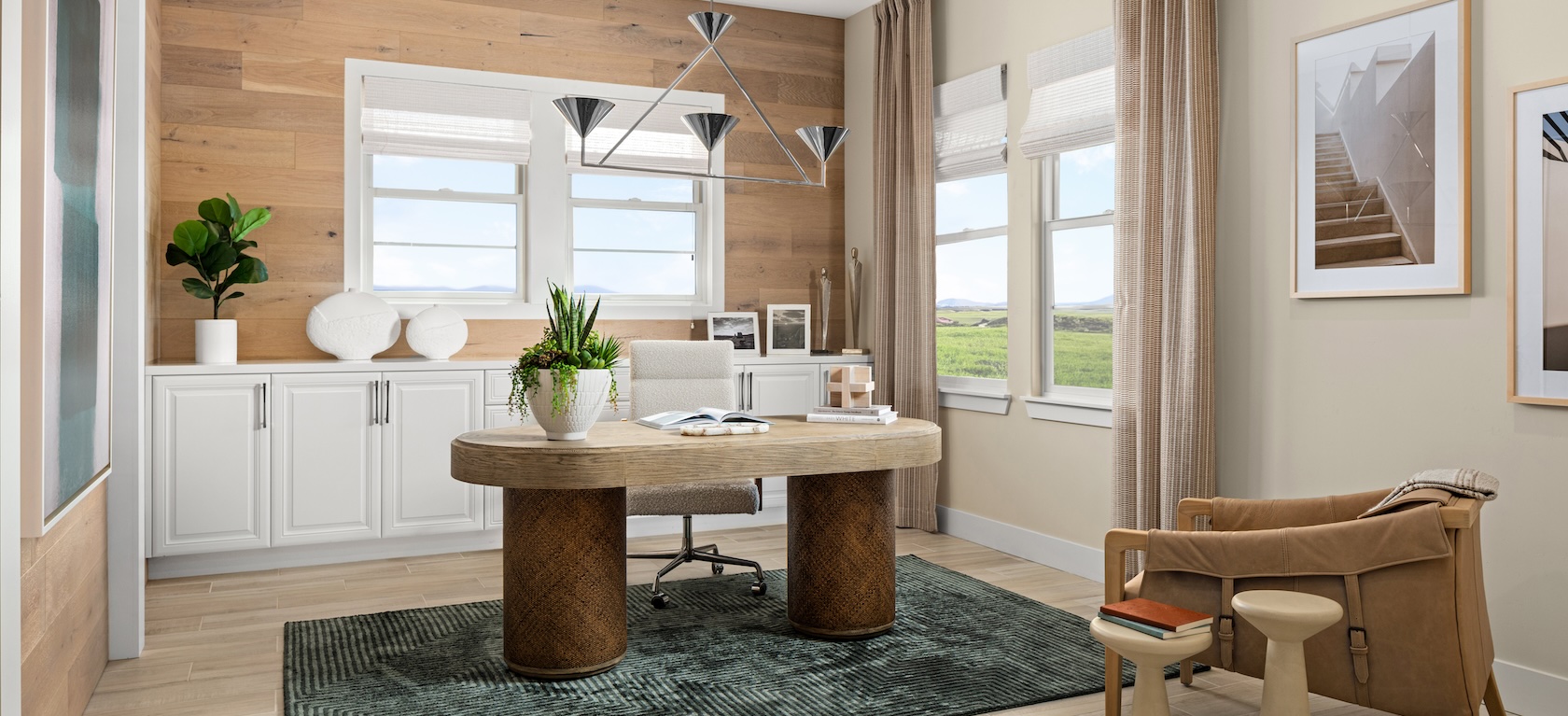

12 Comments
Looking for a new construction $400000 on 0.50/0.75 lot
Hi Jamell, is there a particular state or location you’d like to know more about? Please let us know where you are interested in building so we can better assist with finding your dream home. Thanks!
I would like here about new that are available for sale.5-6 bedroom 3-4 bath homes.Thank you so much. We appreciate you.
Hi Antoinette, Do you have a particular state or city in mind? Once we have this information, we’ll be able to better assist with finding your forever home. Thanks!
I see there are many active adult community in NJ are there any upcoming new construction in central NJ?
Hello there, we encourage you to visit our website, here, and explore our collection of current Active Adult communities in NJ. Don’t hesitate to contact our Online Sales Teams, located on every community page, for more information regarding home designs and any other inquiries. Thanks!
Hi there , my question is do you build houses in Philadelphia at 19116, 19115, 19114 zip codes. And second question is if I wouldn’t have 20% down payment, would you consider me as a buyer.
Hi Marime, we appreciate your interest in building with Toll Brothers! We do not currently have communities located in these zip codes but have plenty of neighboring locations around the area we encourage you to explore on our website. Secondly, we recommend submitting any mortgage inquiries through this form on our website. There, a representative from Toll Brothers Mortgage Company can give you an in-depth answer to any question you have. We hope this helps. Thanks!
Are you considering building in the Winston-Salem area?
Hi, Sofoa. We do not currently have plans to build in that location. However, we encourage you to check out our collection of North Carolina communities on our website. Thanks!
i need for informaion
Hello, Liana. Please let us know what you would like to learn more about, and we can help you find the relevant information. Thanks!